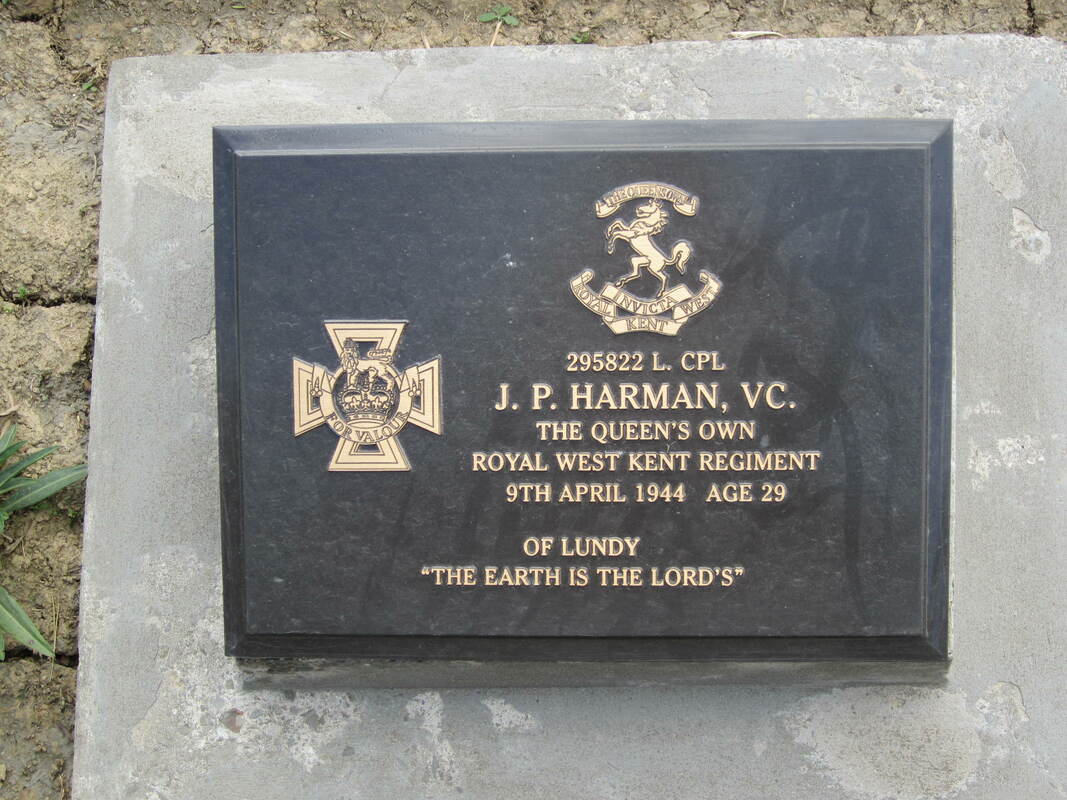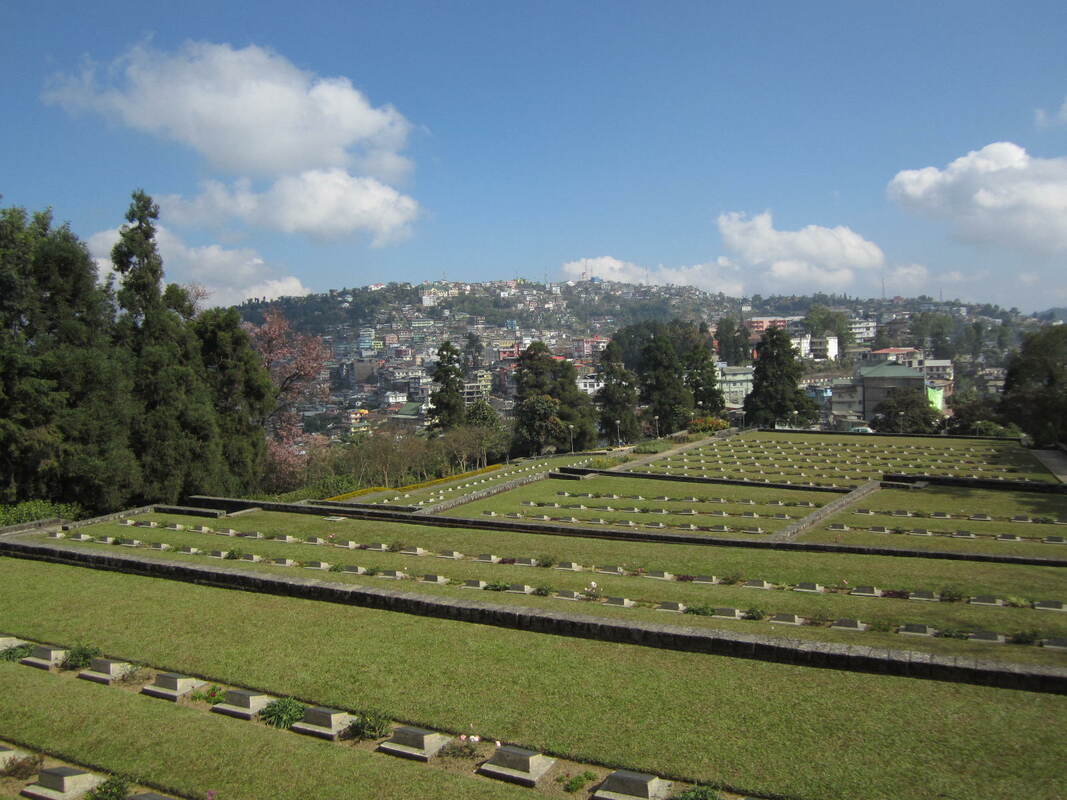|
In 1944 the Japanese Army in Burma attempted to invade India through Nagaland in the North East of India. The plan was to push through the hills above Kohima and Imphal and capture the British supply bases before moving on into India itself. Standing in the way was the British 2nd Division under General Bill Slim. The British Army with its Indian allies held the hills and fought off the Japanese invaders. The fighting was intense, with Kohima besieged for two weeks, with bitter hand to hand fighting including across the tennis court itself, and with heavy losses on both sides. |
|
Here is the site of the original ‘Kohima Epitaph’ now famous and copied around the world, including on the Burma Star memorial in my home town of St Albans. ‘When you go home, tell of us and say For your tomorrow, we gave our today’ John Harman is one of two VC holders who lie in the cemetery. He was awarded it posthumously after single-handedly destroying two Japanese machine gun posts. The 2nd Division was formed of men from around Britain, Welshmen, Scots, Men of Kent and Norfolk; as well as many Indian soldiers. All now lie together on the hillside they held - they hold it still. The Cherry Tree is descended from an original tree that stood on the hill. It marks the furthest point of the Japanese advance across the tennis court before they were forced back. After the battle the Japanese were in a desperate condition, exhausted and with few reserves, the army retreated back into Burma, with most of the men dying of starvation along the way on what became known as the ‘Road of Bones’. This picture was kept up for two months as April 2019 was the seventy fifth anniversery of the battle. Click here for more background and pictures from the CWGC. |





